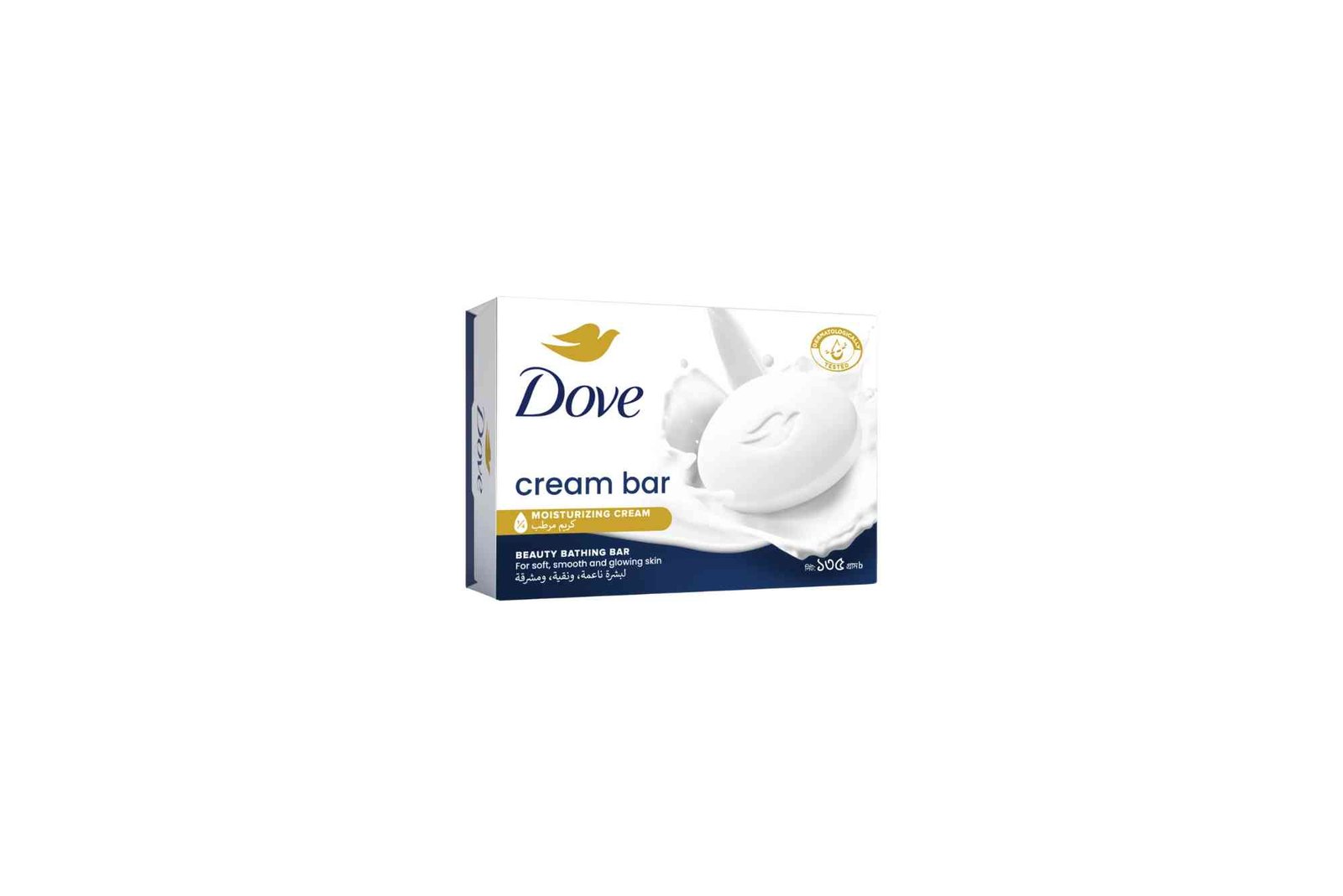Back pain is one of the most common issues people face when working out, especially for beginners or those returning after a break. The excitement to get stronger often leads to neglecting posture, form, and muscle balance — the key factors behind most gym-related back injuries. Understanding how to avoid back pain in gym practical steps can make your fitness journey safer, more enjoyable, and sustainable for the long run.
Whether you train at Orange Theory Mountain View or your local gym, the principles of back safety remain the same. Building awareness around body mechanics and proper exercise technique is essential for preventing discomfort, pain, and injury.
Understanding Why Back Pain Happens in the Gym
Most people assume that lifting heavy weights alone causes back pain, but that’s rarely the case. Poor form, lack of warm-up, muscle imbalances, and neglecting core stability are often the true culprits. When your body isn’t properly aligned or strong enough to support the load, your spine takes unnecessary stress.
For example, rounding your lower back during a deadlift or squat places intense pressure on spinal discs. Similarly, doing ab exercises like sit-ups without engaging your core correctly can strain the lower back. Over time, these small mistakes compound and lead to chronic discomfort.
Practical Steps To Avoid Back Pain In The Gym
Avoiding back pain doesn’t mean avoiding the gym — it means working smarter. Here’s how you can build strength safely and protect your spine every step of the way.
Start With a Proper Warm-Up
A good warm-up increases blood flow to your muscles and prepares your joints for movement. Spending at least 10 minutes on dynamic stretching and light cardio helps loosen tight areas like the hamstrings, hips, and lower back. Simple exercises such as leg swings, cat-cow stretches, and gentle torso rotations activate the muscles that stabilize your spine.
Skipping this step is like starting your car and driving at full speed without letting the engine warm — sooner or later, something gives out.
Focus on Correct Form, Not Heavy Weights
Many gym-goers chase numbers instead of perfecting technique. However, proper form is far more important than how much weight you lift. Keep your spine neutral during exercises like squats, deadlifts, or rows. Engage your core before each lift and avoid rounding your shoulders forward.
If you’re unsure about your form, ask a certified trainer for guidance or record your movements for feedback. Even small adjustments — like keeping your chest up or distributing weight evenly through your feet — can make a huge difference.
Strengthen Your Core Regularly
Your core acts as the natural support system for your back. A weak core means your lower back compensates during heavy lifts, increasing the risk of pain. Incorporate exercises like planks, bird dogs, and glute bridges into your routine.
These movements improve stability and help your body handle more load without stressing your spine. A strong core not only enhances your performance but also reduces post-workout fatigue.
Pay Attention to Posture and Breathing
Proper posture and breathing techniques are often overlooked yet crucial for back health. When lifting, keep your shoulders down and back, chest open, and core tight. Breathing correctly helps control intra-abdominal pressure — a key factor in supporting your lower back.
Avoid holding your breath during lifts unless you’re using advanced techniques like the Valsalva maneuver under professional supervision. Controlled breathing keeps your movements smooth and your spine stable.
Don’t Ignore Recovery and Rest
Your body needs time to repair itself after intense workouts. Overtraining without adequate recovery is one of the fastest routes to injury. Ensure you’re getting enough sleep and allowing your muscles to rest between sessions.
Incorporate mobility work, foam rolling, and stretching into your cooldown routine. If you feel persistent soreness or pain, take a break or consult a professional before returning to heavy lifting.
Choose the Right Equipment and Footwear
Supportive shoes with good cushioning and arch support help distribute your weight evenly during exercise. Avoid worn-out shoes that affect balance and alignment. Additionally, using gym accessories like lifting belts or lumbar supports can help maintain posture during heavy lifts — but they should complement, not replace, good form.
Train All Muscle Groups Equally
Focusing only on certain muscles, like the chest or arms, creates imbalances that affect your posture and back stability. Include exercises for your glutes, hamstrings, and upper back to maintain symmetry.
Balanced strength helps your body move efficiently and prevents one area from compensating for another. For example, strong glutes support your lower back during squats and lunges, reducing strain.
Know When To Stop
Listening to your body is a skill. Sharp or lingering pain is a signal that something’s wrong — don’t push through it. Ignoring discomfort can turn a small strain into a long-term injury. Rest, stretch, and seek medical advice if needed. Preventing pain is always easier than recovering from it.
Common Mistakes That Lead to Back Pain
Rushing through reps, neglecting warm-ups, and copying others’ routines without proper instruction are common mistakes. Even experienced lifters sometimes compromise their form due to fatigue or ego lifting. Being mindful during every session helps prevent these errors.
Always prioritize technique over intensity, especially when fatigue sets in. Remember: consistency with proper form beats sporadic heavy lifting every time.
Benefits of Preventing Back Pain Early
Preventing back pain allows you to train consistently and reach your goals faster. You’ll enjoy better posture, increased strength, and improved mobility. Over time, your workouts become more effective because you can move freely without discomfort or fear of injury.
When you build a solid foundation early, you set yourself up for long-term fitness success — not just short-term progress.
Frequently Asked Questions
1. Why does my lower back hurt after workouts?
Lower back pain often results from poor form, weak core muscles, or lifting weights beyond your capability. Review your technique and strengthen your core to prevent strain.
2. Can stretching help prevent back pain in the gym?
Yes. Stretching improves flexibility and reduces muscle tightness that contributes to back discomfort. Focus on your hamstrings, hips, and lower back before and after workouts.
3. Should I stop exercising if I have mild back pain?
Mild discomfort doesn’t always mean you need to stop completely, but it’s important to modify your workouts. Avoid high-impact movements and consult a trainer or physiotherapist if pain persists.
4. How long does it take to recover from gym-related back pain?
Recovery time varies depending on the severity of the injury. Mild strains can improve in a few days with rest, while more serious issues may take weeks.
5. What are the best exercises to strengthen my back safely?
Bodyweight movements like planks, bird dogs, and hip bridges are excellent for back stability. Gradually add resistance with controlled movements as your strength improves.
Stay Strong, Train Smart
Avoiding back pain in the gym is about being proactive, not reactive. Focus on proper form, core strength, and recovery to protect your spine and improve performance. The goal isn’t just to lift heavy — it’s to lift for life.
If you want to learn about how to avoid back pain in gym and build safer, smarter routines, take the time to practice these principles consistently. For additional strategies and expert advice, visit our detailed guide on how to avoid back pain in gym tips.
Your body is your most valuable investment — treat it with care, train with purpose, and stay pain-free for the long run.
For more related resource on health and physical wellness, explore expert insights that support safe and sustainable fitness.





